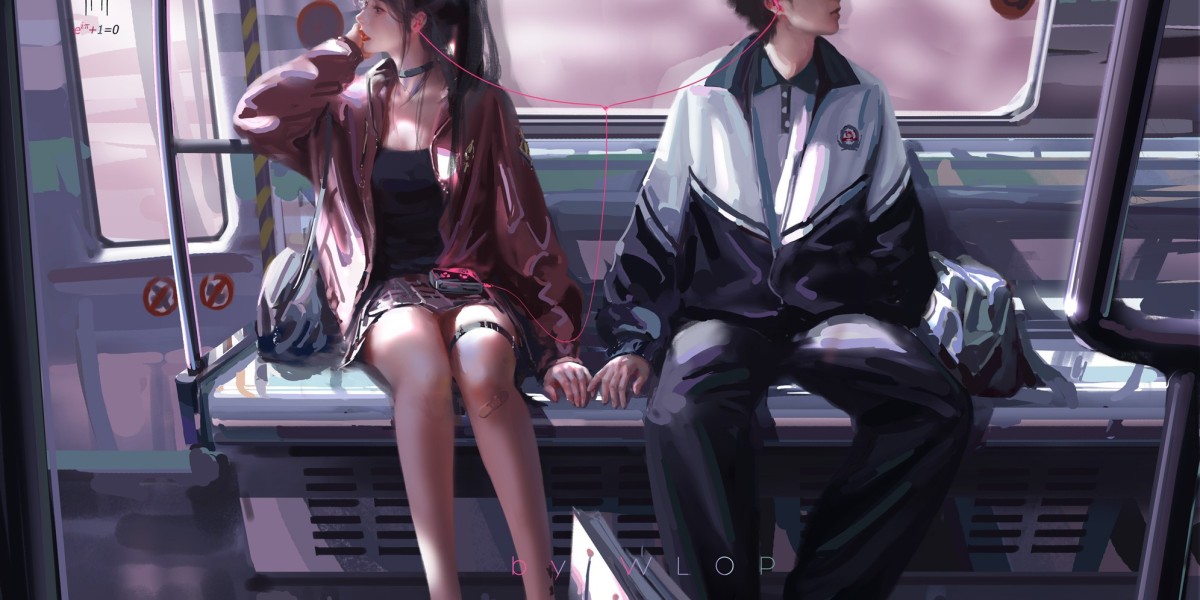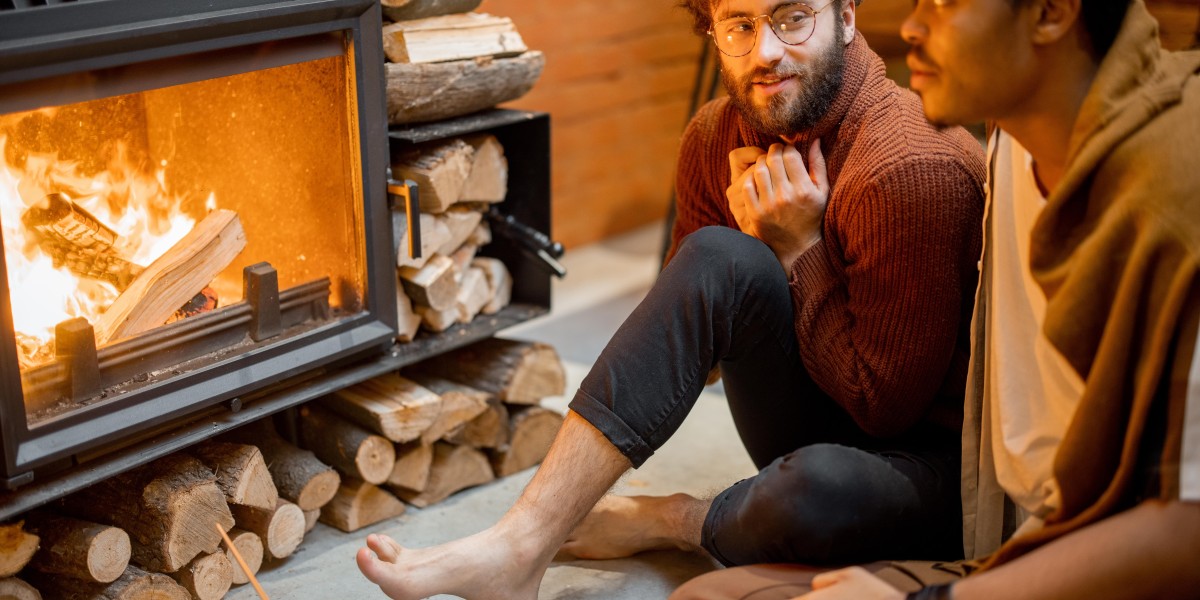In the competitive world of retail, every design choice impacts customer experience, brand perception, and ultimately, sales. For any retail interior fit out company, lighting design is a crucial factor that goes beyond mere illumination; it shapes ambiance, influences customer behavior, and enhances product displays. A well-executed lighting plan can make the difference between a memorable, engaging retail environment and one that fails to attract and retain customers. This article explores how lighting design impacts retail fit-out success, providing insights into how it can elevate a store’s aesthetic appeal and drive business growth.
The Importance of Lighting in Retail Fit-Outs
Lighting plays an essential role in retail fit-outs by impacting customers' emotional and sensory experiences. Shoppers are naturally drawn to well-lit spaces where products are displayed attractively. Effective lighting doesn’t simply make a space brighter; it enhances ambiance, highlights merchandise, and aligns with the brand identity. Properly planned lighting design can be the difference between a space that feels inviting and one that lacks appeal.
1. Attracting Attention with Exterior Lighting
The first impression of any retail space often starts with its exterior lighting. Exterior lighting can either draw customers in or deter them from entering. Bright, well-designed exterior lighting acts as an invitation, creating a warm, welcoming aura. Retailers often use:
- Signage Lighting: Illuminated signs are effective in making the store visible from a distance, enhancing brand recognition.
- Accent Lighting: Spotlights on the entrance and windows highlight store displays, sparking curiosity and encouraging people to enter.
- Architectural Lighting: Using lights to accentuate the building’s structure can help a store stand out from nearby businesses, especially in busy retail environments.
2. Enhancing the Shopping Experience with Interior Lighting
Once inside, lighting continues to play a key role in guiding customers through the store and influencing their shopping behaviors. The way products are displayed and lit can impact how long a customer spends in the store and how likely they are to make a purchase.
Ambient Lighting for Atmosphere
Ambient lighting serves as the primary source of illumination in a retail store. It establishes the general atmosphere and influences the overall vibe of the space. Ambient lighting can be designed to set a relaxing tone, encourage exploration, or create a sense of urgency. Cool lighting is often used in high-energy stores, while warm lighting creates a cozy, inviting ambiance that may be more suited for boutiques or luxury retail spaces.
Task Lighting for Specific Areas
Task lighting provides focused lighting in specific areas where extra light is required, such as checkout counters, fitting rooms, and product displays. By incorporating task lighting in these areas, retailers make it easier for customers to examine products up close, improving the customer experience. For instance:
- Checkout Counters: Bright task lighting ensures clarity during transactions, enhancing security and customer confidence.
- Fitting Rooms: Properly lit fitting rooms are essential for customer satisfaction, as customers need to see how clothes look under true-to-life lighting conditions.
- Product Displays: Task lighting can accentuate featured items, making them more appealing and encouraging impulse buys.
Accent Lighting to Highlight Merchandise
Accent lighting helps draw attention to specific products or areas within the store. This type of lighting is often used in combination with ambient lighting to create focal points that lead customers' eyes towards certain displays or promotions. Some effective uses of accent lighting include:
- Highlighting New Arrivals or Promotions: Spotlights or directional lighting can emphasize specific product displays, enhancing visibility and attraction.
- Creating Depth: Accent lighting can add depth and interest to an otherwise flat display by casting light from multiple angles, making products appear more three-dimensional.
- Brand-Specific Colors: Many retailers choose accent lighting that aligns with brand colors, enhancing brand identity and creating a cohesive aesthetic.
How Lighting Impacts Customer Behavior in Retail Spaces
Lighting plays a subconscious role in how customers feel and behave within a retail environment. Studies have shown that well-lit stores are perceived as more welcoming and safer, which can lead to increased time spent in-store and greater likelihood of purchases. Here’s how lighting influences customer behavior:
1. Creating a Comfortable Shopping Experience
Lighting can significantly impact how comfortable a space feels. Soft, warm lighting can make customers feel more at ease, encouraging them to browse longer. In contrast, overly bright or stark lighting may make customers feel rushed or uncomfortable, potentially leading to shorter visits.
2. Encouraging Exploration and Discovery
Strategically placed lights can guide customers towards certain areas of the store, encouraging them to explore. Directional lighting can help establish a natural flow of movement, gently guiding shoppers through different sections. This approach works well for larger stores or department stores, where a curated shopping journey helps customers engage with more products and increases sales opportunities.
3. Influencing Perception of Quality and Value
The way items are illuminated can affect how customers perceive their quality. For example, high-quality materials and finishes are enhanced by well-placed lighting, while poor lighting can make even premium products look unappealing. In luxury retail spaces, warm, soft lighting often creates an upscale ambiance, while high-contrast lighting can emphasize details on high-end products.
Sustainability in Retail Lighting
In recent years, sustainability has become an important consideration in retail lighting design. Many retailers now prioritize energy-efficient lighting solutions not only for their environmental benefits but also for their cost savings. LED lighting is a popular choice due to its energy efficiency, longevity, and versatility in color and brightness.
Eco-Friendly Lighting Benefits
- Reduced Energy Costs: LED lighting uses significantly less energy than traditional lighting, helping retailers cut costs.
- Longer Lifespan: LED lights have a much longer lifespan, reducing maintenance and replacement costs.
- Reduced Carbon Footprint: By using eco-friendly lighting, retailers can contribute to reduced environmental impact, aligning with the growing consumer demand for sustainable practices.
Emerging Trends in Retail Lighting Design
Lighting design is continuously evolving, with new technologies and techniques shaping how retailers use lighting to enhance their spaces. Staying updated with current lighting trends can help retailers maintain a modern, appealing aesthetic. Some of the most popular lighting trends in retail include:
1. Smart Lighting Systems
Smart lighting systems allow retailers to adjust lighting settings via smartphones or automated systems. These systems provide flexibility, allowing store managers to change the mood and ambiance throughout the day or based on special events. Smart lighting systems also support energy savings by using sensors to adjust lighting based on occupancy.
2. Dynamic Color Changing Lights
Color-changing LED lights add a new level of flexibility to retail spaces. By using RGB LEDs, retailers can change the color of the lighting to align with specific campaigns or seasons. This approach is particularly effective for pop-up events or promotional displays, as it allows brands to customize their in-store experience quickly and cost-effectively.
3. Minimalist and Architectural Lighting
Minimalist lighting designs that incorporate hidden light sources and sleek fixtures are popular in modern retail design. This trend emphasizes the products themselves, creating a clean, uncluttered appearance. Architectural lighting, on the other hand, uses lines of light or hidden LED strips within shelving or ceiling designs to create a sophisticated look that enhances the store’s architectural features.
The Role of a Professional Lighting Designer in Retail Fit-Outs
Achieving effective lighting in retail spaces requires expertise and attention to detail. A professional lighting designer can help tailor the lighting plan to the specific needs of a brand, store layout, and customer base. These experts understand how to combine various lighting elements to maximize the aesthetic and functional benefits of lighting design.
Hiring a skilled lighting designer ensures that every element of the store’s lighting aligns with the brand’s goals, creating a cohesive, well-planned environment that not only looks great but also drives sales.
Conclusion
Lighting is an indispensable aspect of a successful retail fit-out that can shape customer perceptions, influence behavior, and enhance the overall shopping experience. From exterior lighting that attracts customers to interior lighting that guides and enhances their journey, each lighting choice plays a role in a store’s success. As technology and sustainability drive new trends in retail lighting, brands can leverage these innovations to stay relevant and create unforgettable shopping experiences.








